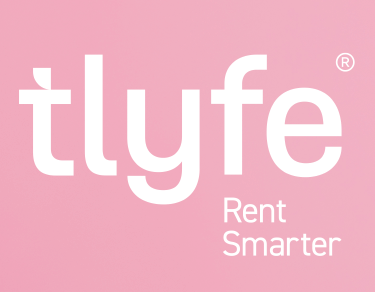
A proposed amendment to the government's Housing and Planning Bill which suggests landlords are required to make homes 'fit for human habitation' may be reconsidered following the fire at 27-storey residential block Grenfell Tower this week.
The amendment was tabled by the Labour Party last year, but was defeated by MPs following a vote of 312 to 219.
The proposal was also included in Labour's manifesto for last week's General Election.
According to a report on The London Economic website, Parliament's register of interests shows that 72 of the Conservative MPs who voted against the amendment were themselves private landlords.
It was also reported at the time that 25 Labour and seven SNP MPs, along with a Liberal Democrat MP, were themselves landlords and did not vote for the measure.
The Conservatives said the amendment would amount to further red tape and unnecessary regulation for landlords.
The fire at Grenfell Tower in Notting Hill has already claimed 12 lives - a figure which is expected to rise. More than 70 people have been treated at London hospitals - 20 of whom are in critical care.
Speaking last January, shadow housing minister Teresa Pearce - who tabled the amendment - said: “The majority of landlords let property which is and remains in a decent standard. Many landlords go out of their way to ensure that even the slightest safety hazard is sorted quickly and efficiently."
“So it is even more distressing when we see reports of homes which are frankly unfit for human habitation being let, often at obscene prices."
Over the last few years, a residents' organisation calling itself the Grenfell Action Group has repeatedly raised concerns about fire safety at the West London tower block.
The property is managed by Kensington and Chelsea Tenant Management Organisation (KCTMO) and last November the action group published a blog which predicted that a serious incident could occur due to fire safety failings in the building.
"It is our conviction that a serious fire in a tower block or similar high density residential property is the most likely reason that those who wield power at the KCTMO will be found out and brought to justice," reads the blog titled 'Playing with fire!'.
The Grenfell Action Group's series of blogs challenging fire safety in the building can be found here.











%20-%20IMAGE%20Client%20Accounting%20%E2%80%93%20what%20are%20your%20options.jpg)

%20(002).png)
.png)
.png)

%20(002).jpg)







Join the conversation
Jump to latest comment and add your reply
Surely if a material is highly combustable - why would you sign it off as safe for building regulations or maybe to cover a building in such materials doesnt have to be covered by building regulations - are our planning and building regulations completely crazy for the sake of saving some money - At what costs is a human life ? You have to argue that a landlord who may have purchased a flat is unlikely to find out from a his surveyor whether the exterior cladding is safe - I blame the local authority
IMO and experience social housing providers and espescially local authorities are some of the worst landlords i have come across, it seems that private landlords are made to jump through hoops and pay vast ammonts of money for the privalege , yet local authorities can breach health and safety and good living standards for their tenants with impunity.
the government has effectively taken through Labour’s policy proposals under a different name
It’s easy to confuse the substance of the legislation with its appearance. Understandably, Tory MPs voting down legislation that contains the words “fit for human habitation” attracts negative headlines.
And much has been made of the fact that 39 per cent of Conservative MPs in 2016 were themselves landlords, and might therefore have an interest in voting down potentially burdensome regulation.
But, as this research by the House of Commons Library (which is independent from government) shows, there are several areas of legislation that already require landlords to maintain safety standards.
For example, under the Gas Safety Regulations 1998, landlords are responsible for repairing and maintaining gas fittings and appliances. Legislation from 2015 requires all private landlords to install a smoke alarm on every storey of the property, and says they can be fined up to £5,000 for non-compliance.
The research also points out that the health and safety regulations that Karen Buck wanted to introduce in her failed 2015 bill were included in the government’s Housing and Planning bill the following year.
In effect, the government has taken forward a lot of the substance of Labour’s proposed legislation, but avoided using the language of “fit for human habitation”.
So to some extent, Labour have succeeded in making sure the government improves regulation of privately rented homes.
Is there a link to the Grenfell Tower disaster?
It’s important to remember that both the private member’s bill and the Labour amendment to the government’s legislation were about regulating private sector landlords – not social housing.
We understand that the flats in Grenfell tower were owned by Kensington and Chelsea council and run by its housing association. There were a handful of flats sold to private owners, but the majority were in public hands.
So while the two pieces of legislation that Labour have put forward in recent years have made inroads in reforming private rentals, they’re not directly linked to social housing policy.
But still, the Tories will struggle to get away from continued accusations that austerity and lack of regulation are partly to blame for the tragedy.
Please login to comment